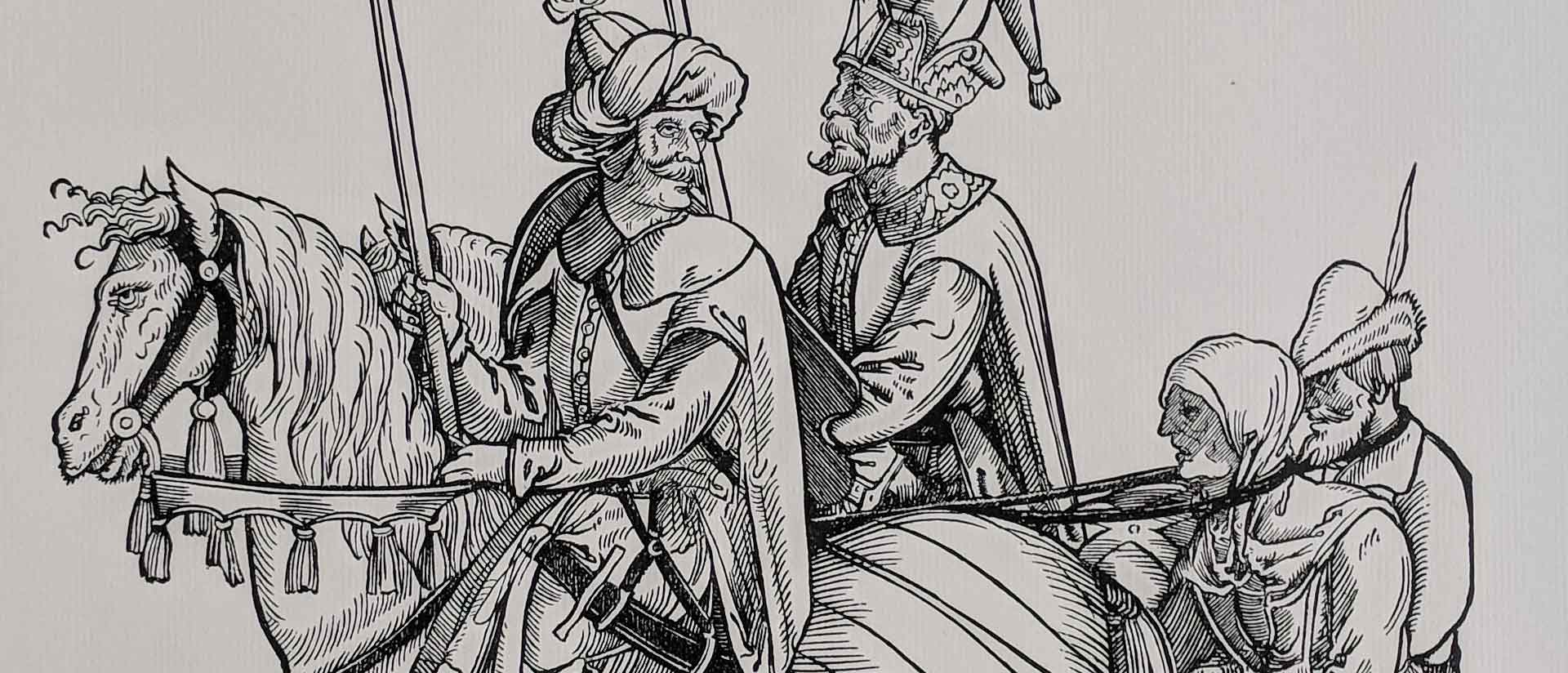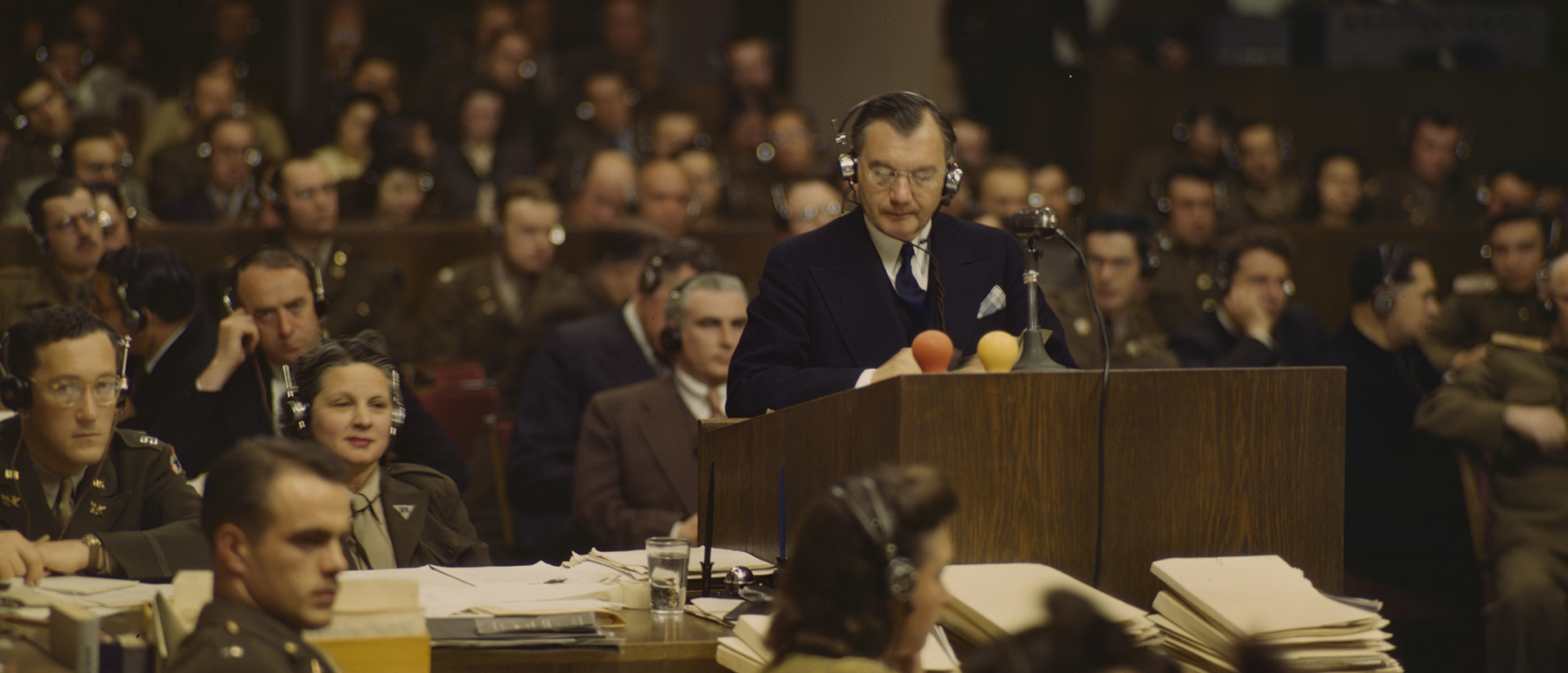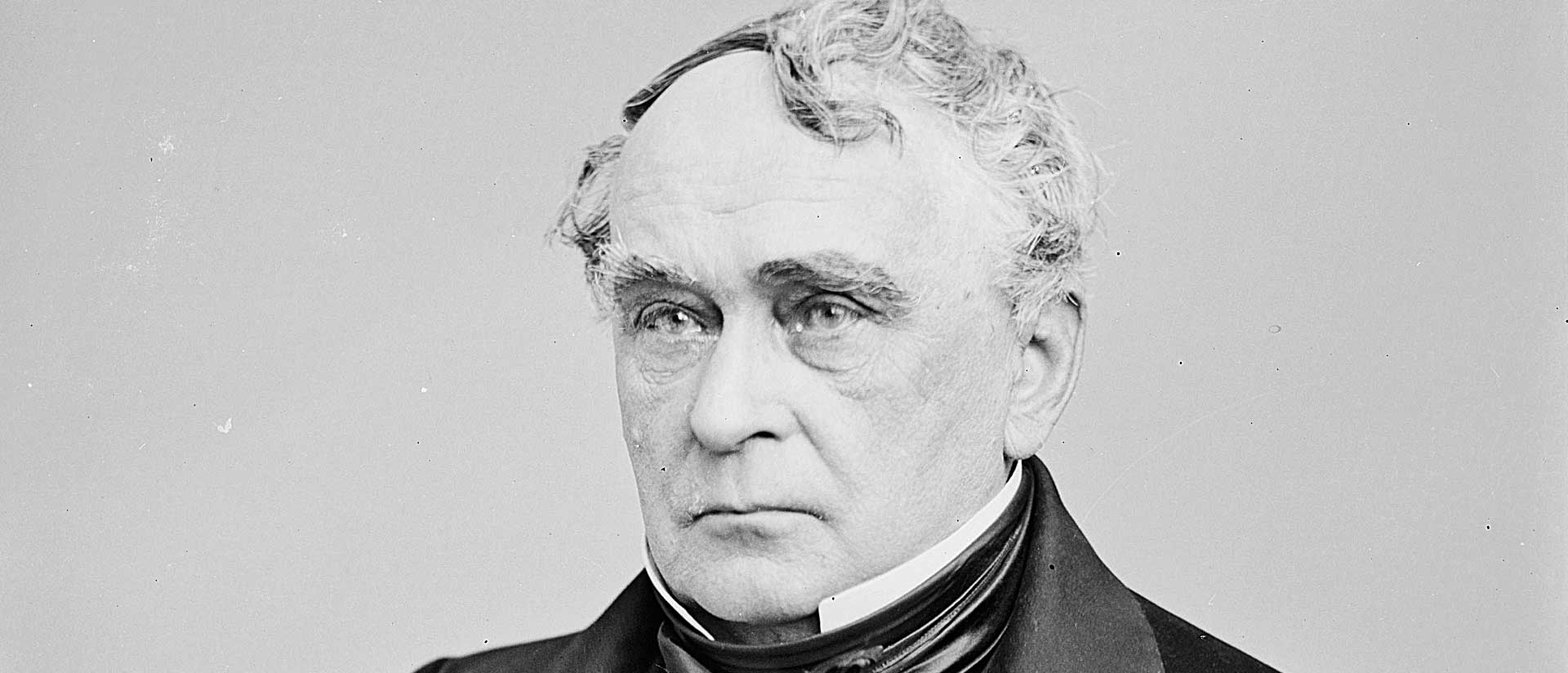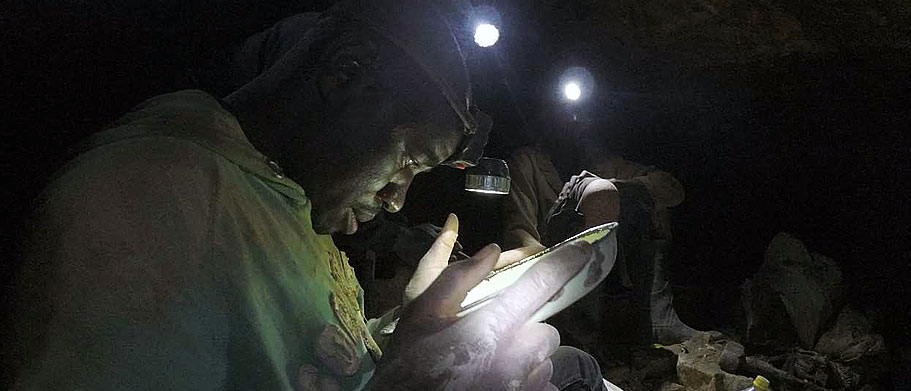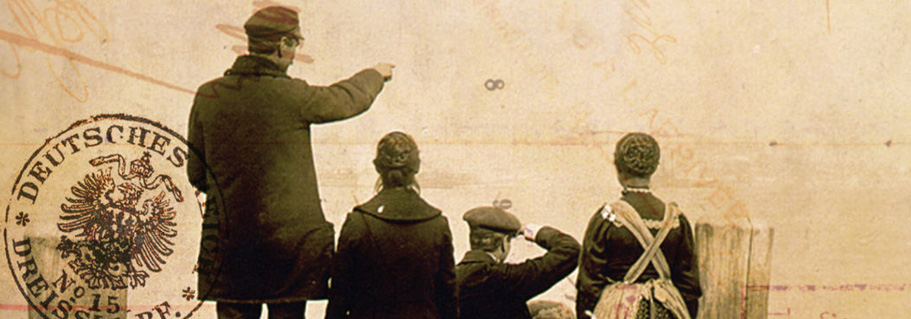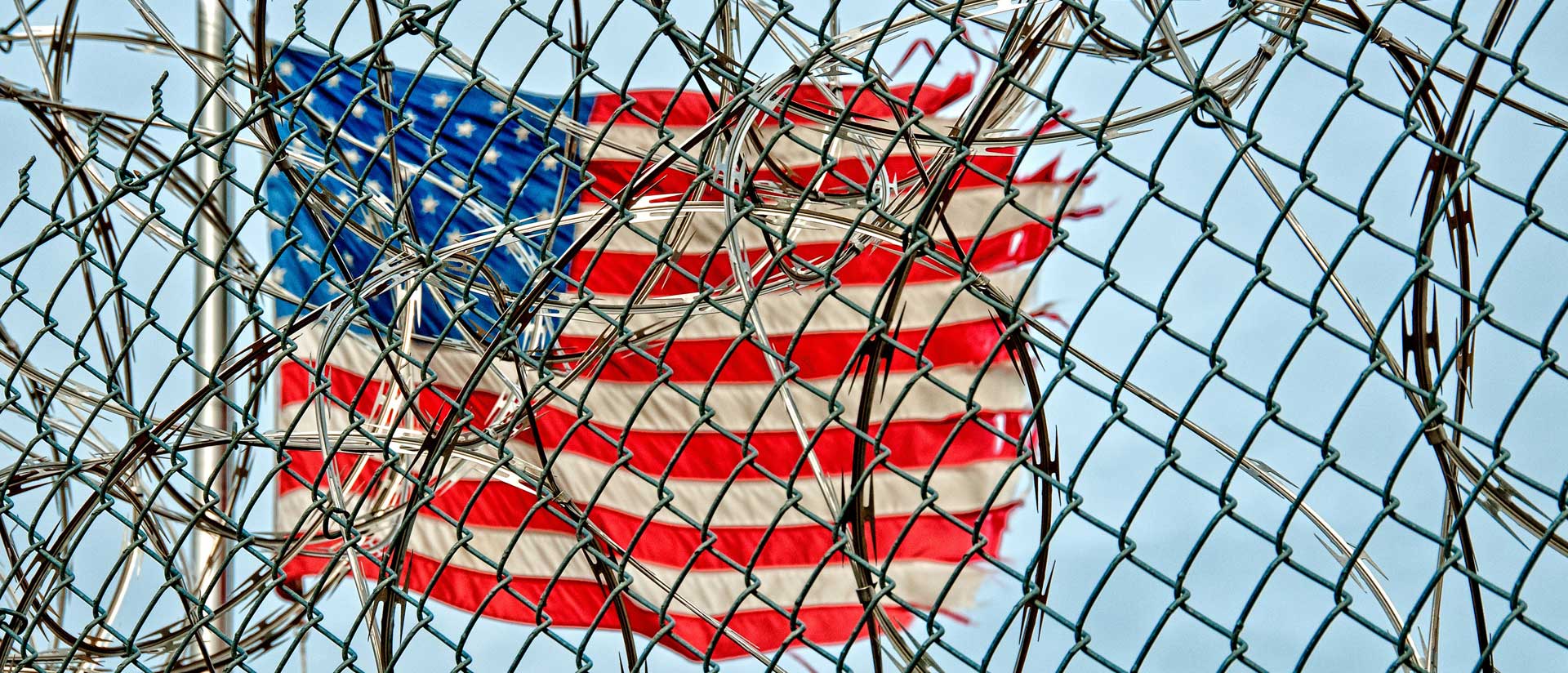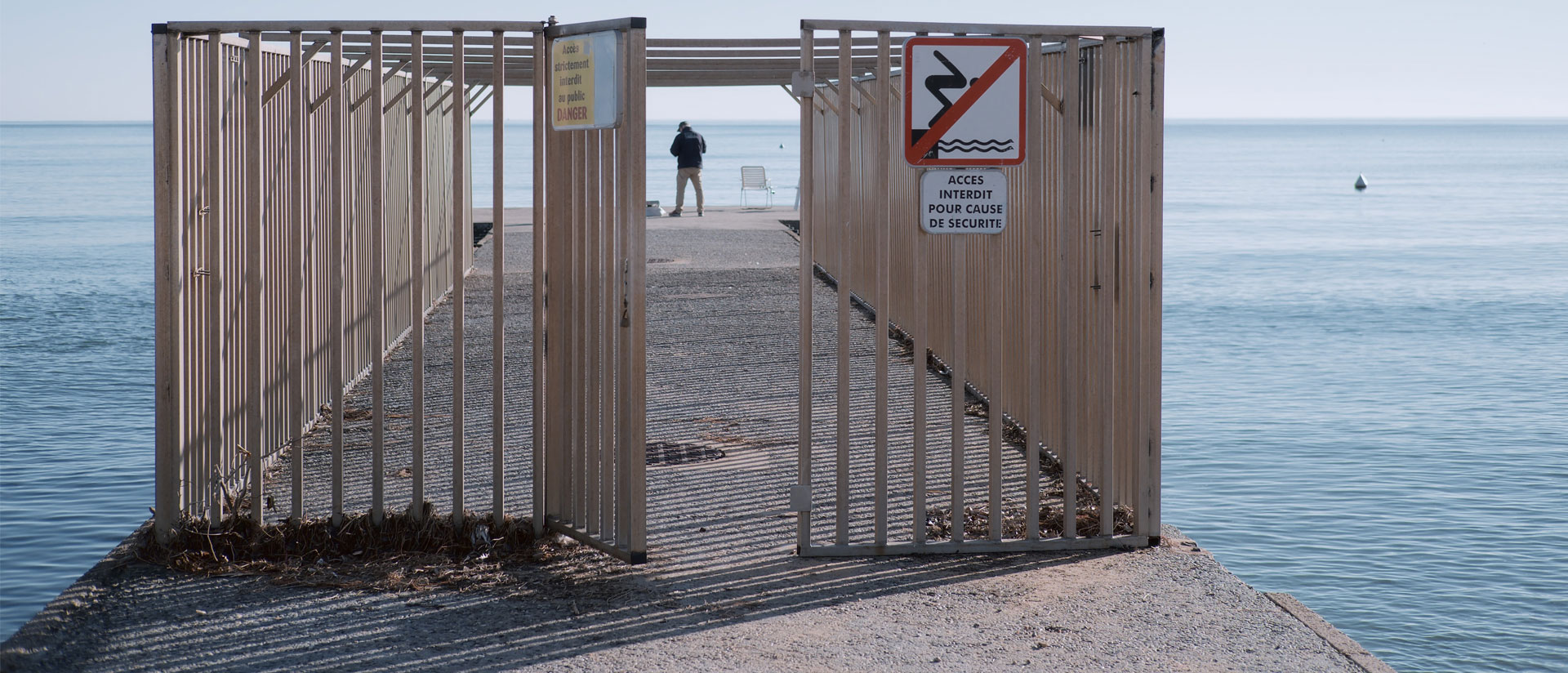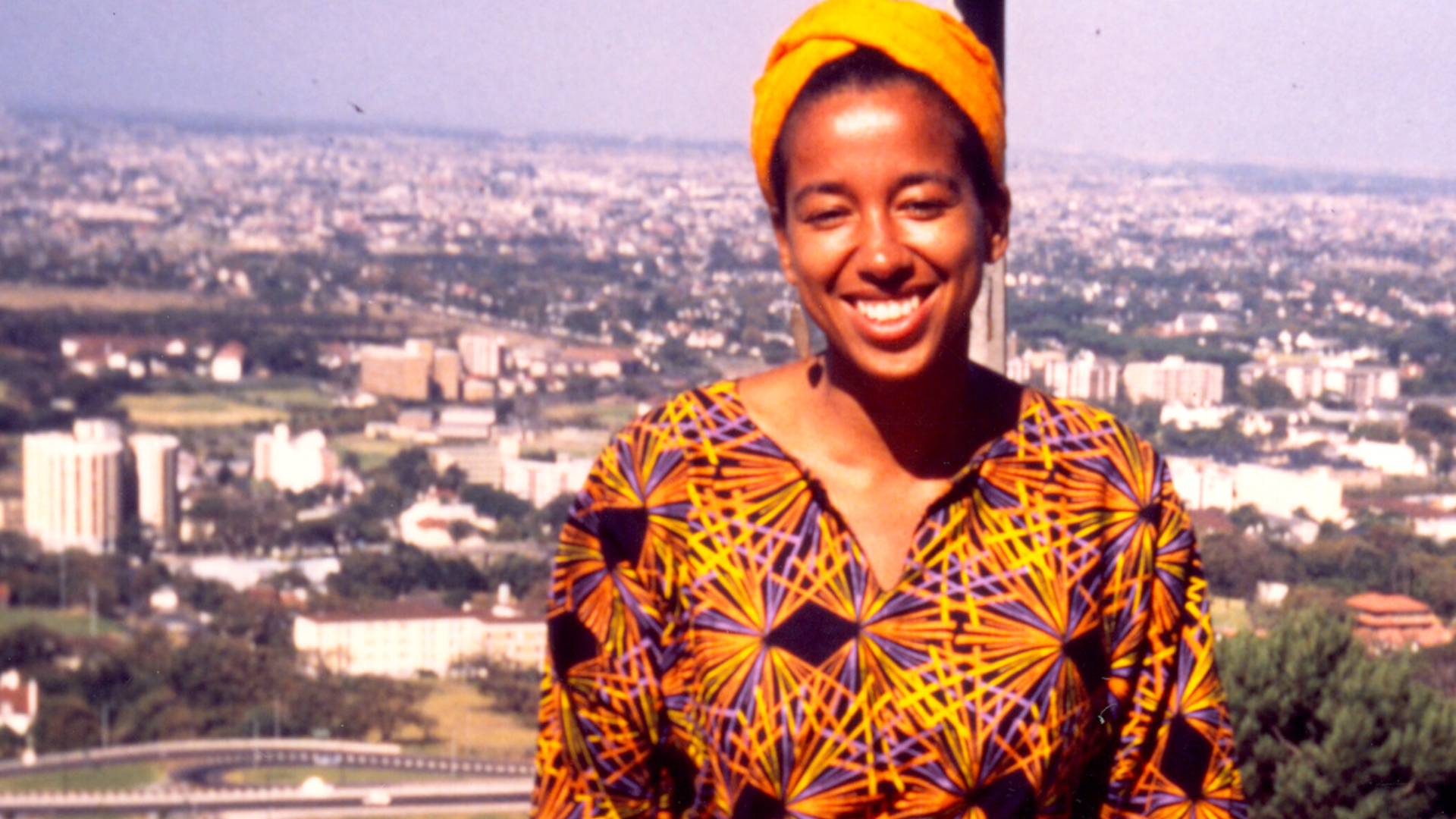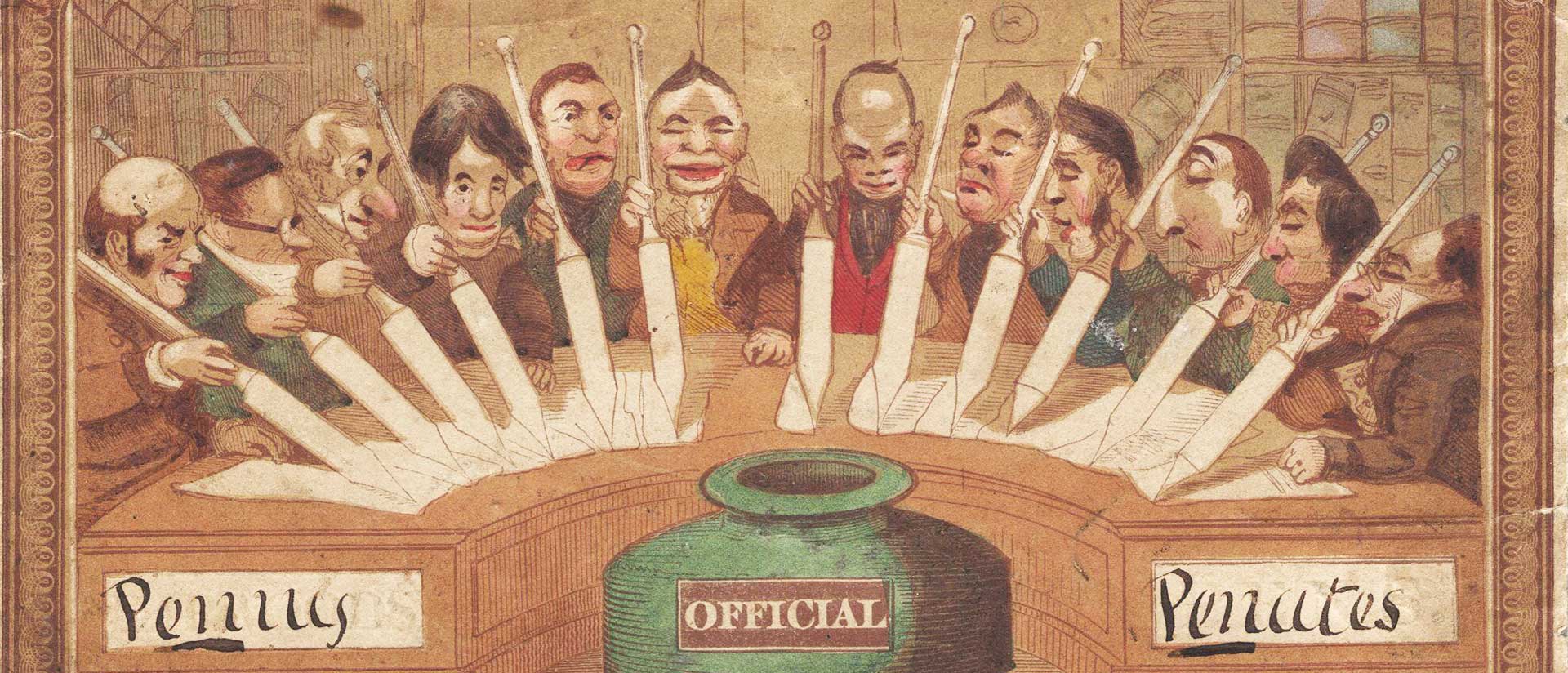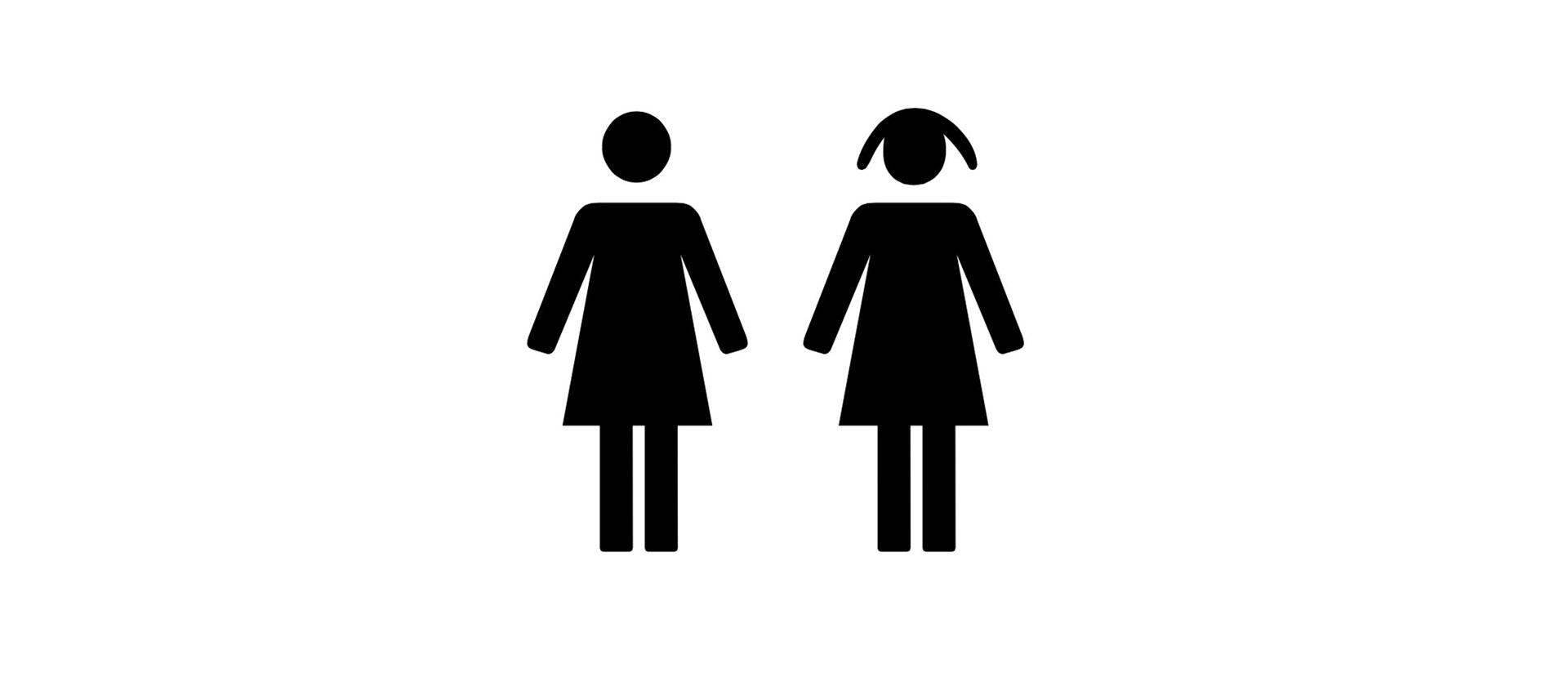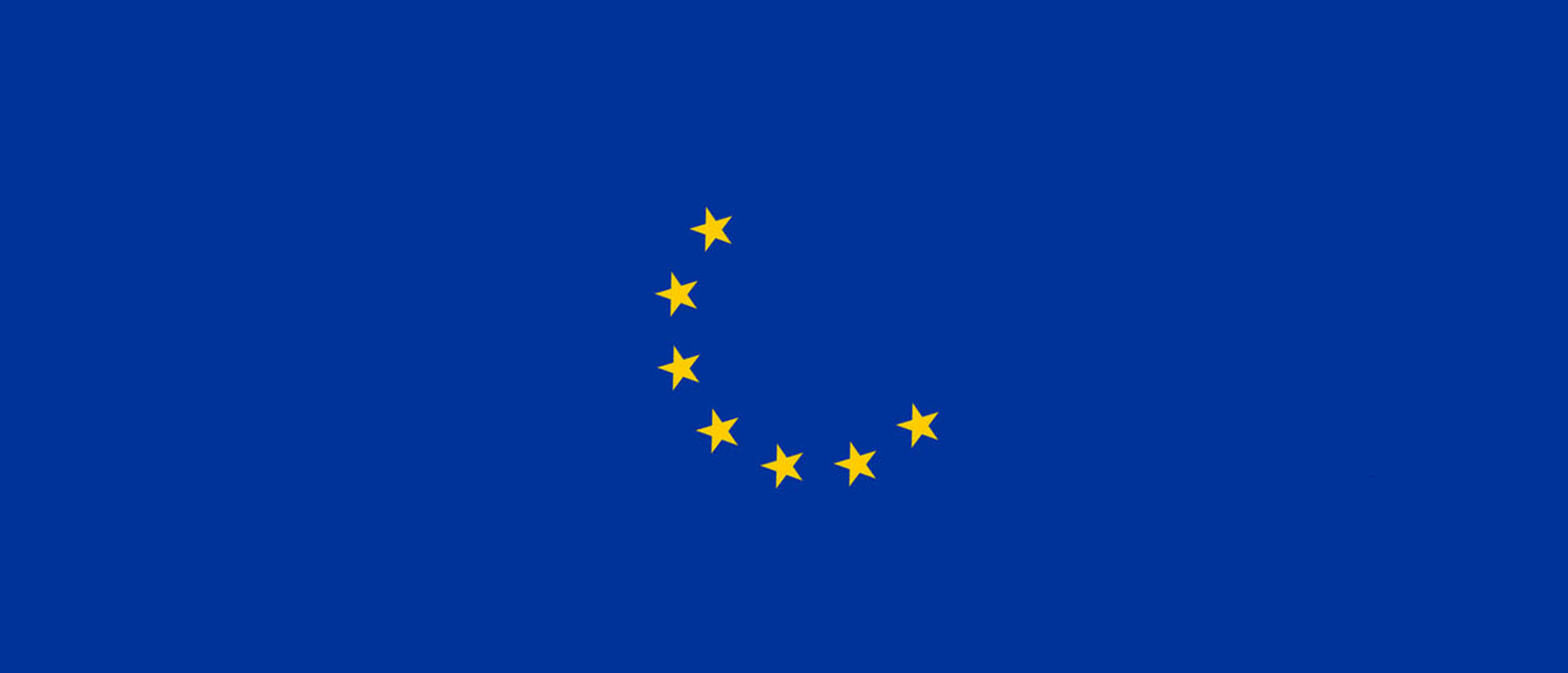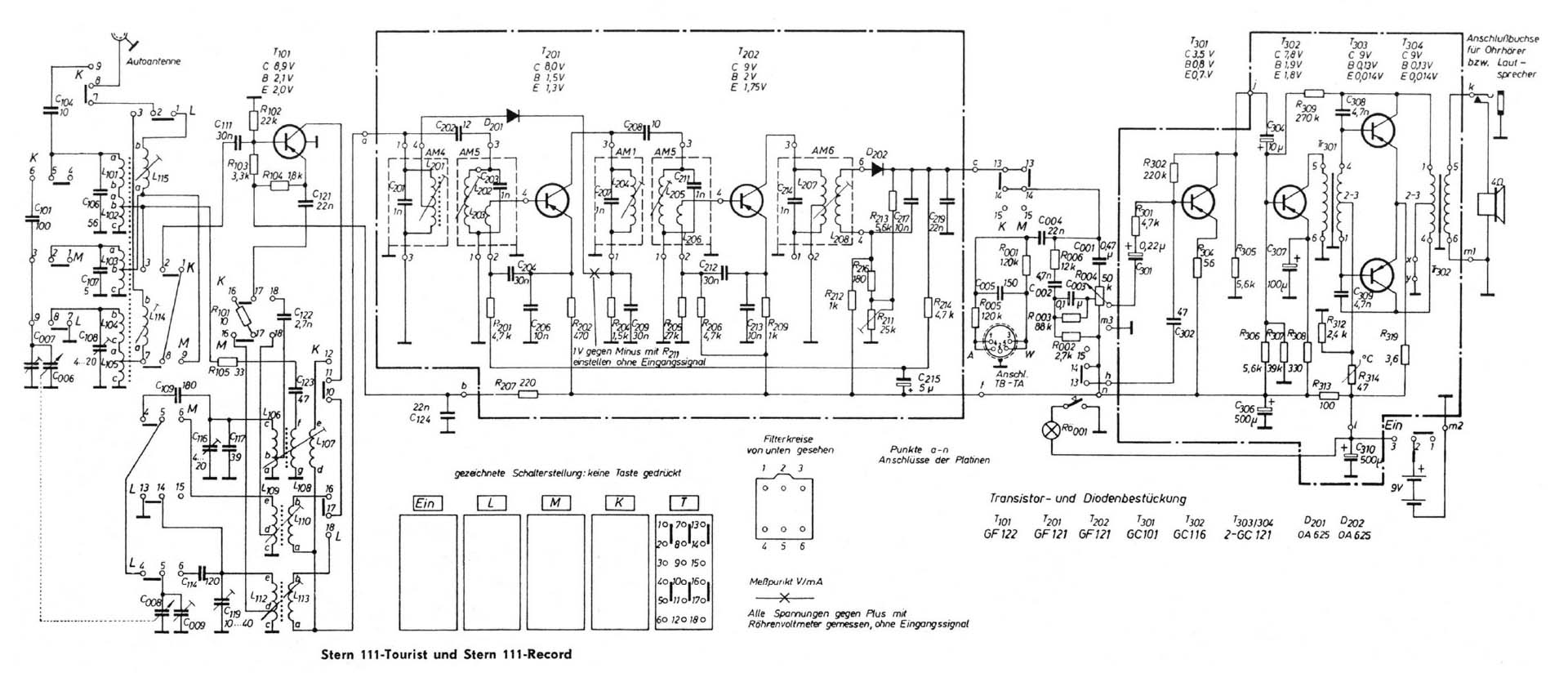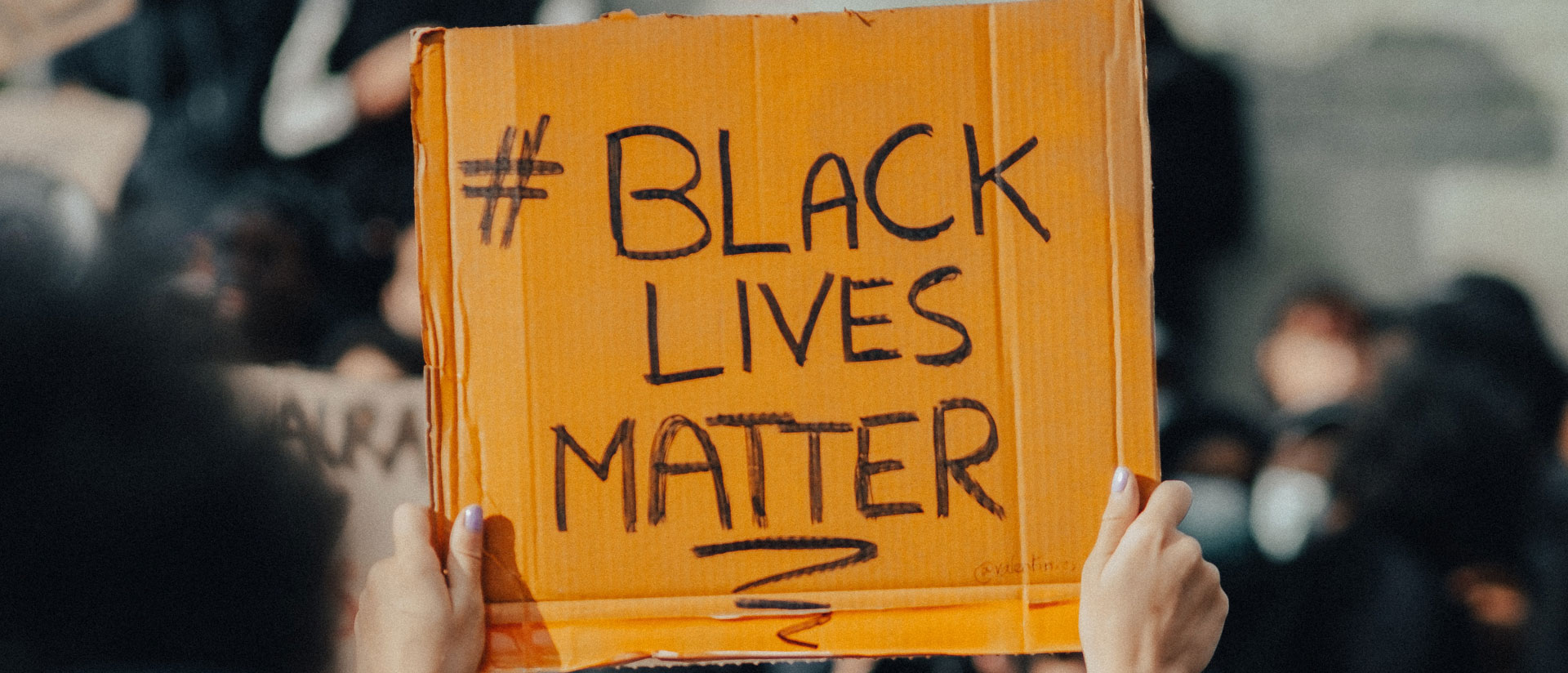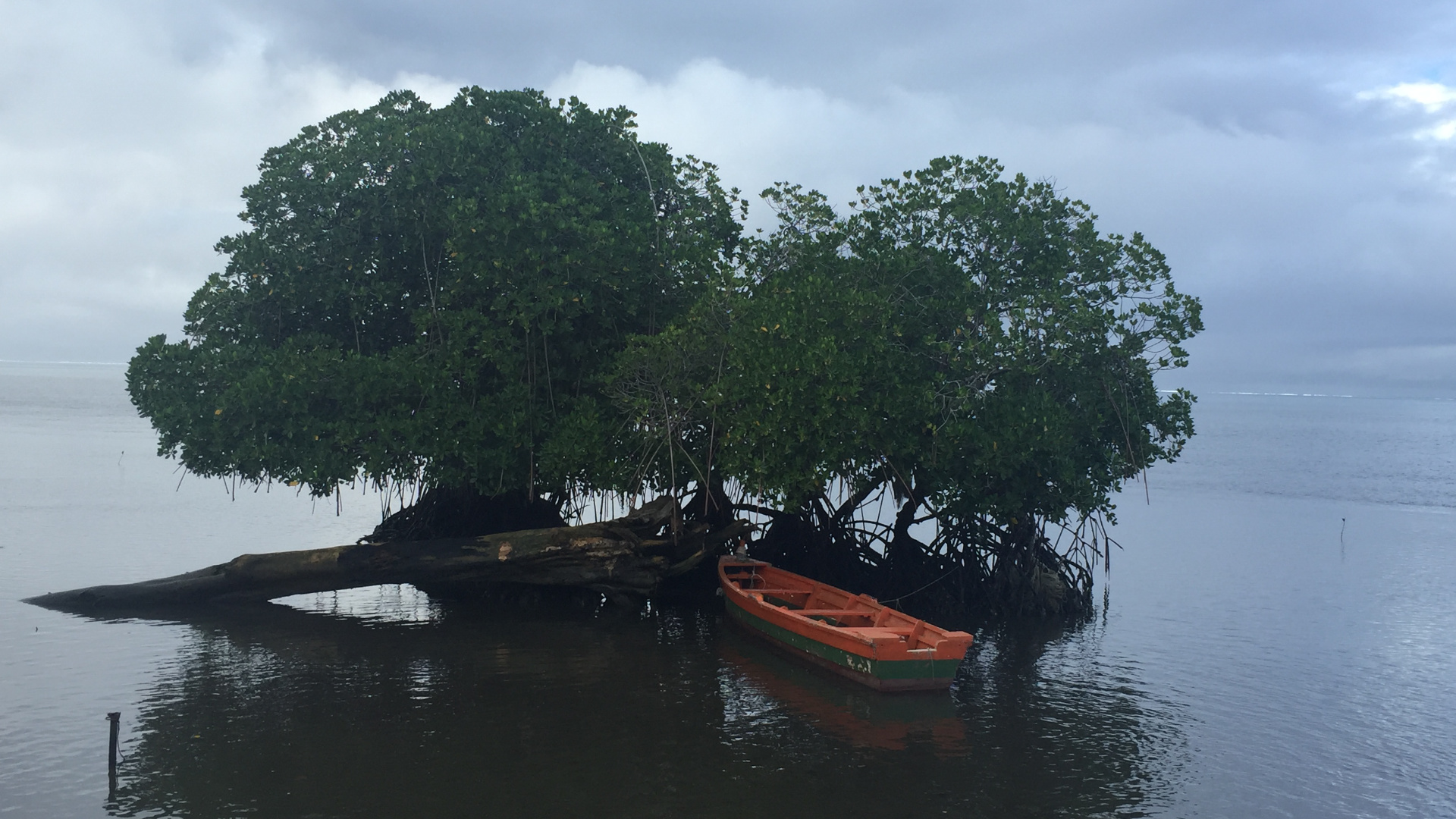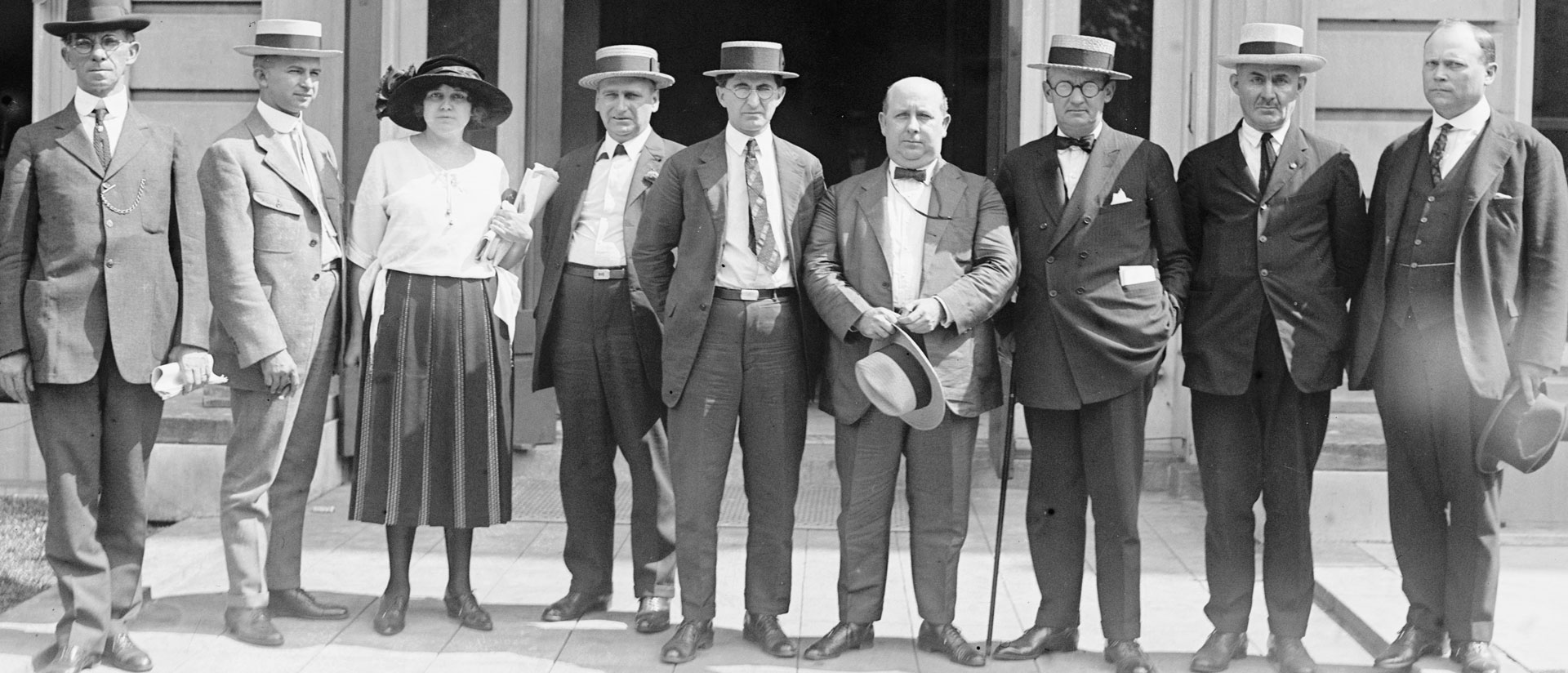
Cold Peace
Democracies, autocracies, and the fate of Ukraine
by Michael Doyle
The February 2022 invasion of Ukraine is the first proxy war of the New Cold War. Invaded by Russia (with the diplomatic support of China and other autocracies), Ukraine has valiantly defended itself with the support of NATO and its wide coalition, mostly consisting of democracies. Many are rightly absorbed in the survival of Ukraine, but equally pressing questions are why this war came about, whether the wider and looming New Cold War that fuels the Ukraine War can be contained, and whether as part of wider détente in that New Cold War a stable and legitimate peace can be restored to the region.
Putin’s defenders have claimed that this a defensive war, launched to counter the threat to Russia posed by an ever-encroaching NATO moving closer and closer to Russia’s borders. NATO has been moving east as eastern European states clamored to join the alliance to deter what they saw as threats posed by Russia. But a crossborder attack by NATO on Russian territory has never been and is certainly not today a credible threat. Russia is a nuclear power. Any invasion would be met by a nuclear response.
Moreover, Putin’s own justifications for the invasion of Ukraine were different. Putin has condemned NATO expansion, but in an article written a few months prior to the invasion, “On the Historical Unity of Russians and Ukrainians” (July 12, 2022), he set out more fundamental reasons for the attack: there was no independent Ukrainian nation. Russian, Ukrainians and Belarussians were and are one people. Geographic Ukraine was a Russian province illegitimately separated from the Russian empire during the Communist Revolution of 1918– 1920, tolerated by the Soviets, and now, following the collapse of the USSR , in the hands of fascist forces that have to be purged prior to the reunification of all Russian peoples. Simply put, this is an imperialist war, not a defense of the existing Russian state.
Like the Cold War proxy conflicts of the Korean War (1950–1953), the Vietnam War (1955–1975), and the Afghan War (1979–1989), this is part of a wider emerging axis of confrontation. This proxy war—while, fortunately, limited—does not exhaust the axes of tension that shape the new world order we appear to be entering. The post- Cold War era is clearly over. Instead of marking the end of strife over ideology and the start of an ever-growing international liberal order of peace and cooperation or even a return to a classical multipolar balance of power, the post-Cold War period has been followed by an emerging New Cold War. This is a war—so far, cold—between “democracies” and “autocracies,” to borrow President Biden’s distinctions. These clashes between systems of government are characterized by industrial espionage, information subversion, and cyber warfare. Cold wars are strife over the legitimacy of governments and systems of governance, not merely contests over material interest, power, or prestige.
The post- Cold War era is clearly over. Instead of marking the end of strife over ideology and the start of an ever-growing international liberal order of peace and cooperation or even a return to a classical multipolar balance of power, the post-Cold War period has been followed by an emerging New Cold War.
The first Cold War (1947–1991) was predominantly “fought” through arms races and proxy wars, such as those in Vietnam, Angola, and Afghanistan. The current cold war is fought with proxy war, such as in Ukraine, but even more directly, transnationally, through industrial competition and cyber warfare. The first was bipolar; this one is multidimensional and effectively tripolar. By the late 1960s, it was clear that US industrial might would overwhelm the Soviet Union. Now China’s GD P continues to grow at more than double the US rate, with more than double the US population, and Russia (though weak economically) is investing heavily in military capacity and cyber warfare. The fourth “power,” the EU, is the economic superpower, but it is overwhelmingly civilian in its orientation and less than united in its global foreign policies.
The global axis of confrontation is binary, pitting the autocracies (China, Russia, Iran, North Korea, and their allies) against the democracies (the US, NATO , Japan, Australia, and their allies). The sources of conflict are deeply embedded in the political economies, cultures, and ideologies of the two systems. The legitimacy of the autocracies as political systems must be bolstered by political repression of dissidents, strong economic performance (poverty or economic crisis is but a generation in the past), or extreme nationalism—or all three. Both Russia and China feel they have been slighted globally through the loss of empire: the Chinese loss resulting from Western and Japanese imperialism in the late nineteenth and early twentieth centuries; the Russian loss resulting from the collapse of the Soviet Union.
Both China and Russia feel deeply threatened by market democracies on their borders, having already been frightened by the Tiananmen protests in China in 1989 and by the democratic contagion that swept aside the Soviet empire in Eastern Europe and then undermined the Soviet Union itself. The security threats to these regimes are predominantly internal, not external. They arise from disgruntled and empowered citizens, such as those who demonstrated in the streets of Russia in 2012, not armies threatening to cross their borders. (Russia, like the United States, has experienced internationally organized terror attacks, including the 2017 ISIS-inspired attack in the St. Petersburg subway, allegedly conducted by ISIS as revenge for Russian intervention in Syria.)
The security threats to these regimes are predominantly internal, not external. They arise from disgruntled and empowered citizens, such as those who demonstrated in the streets of Russia in 2012, not armies threatening to cross their borders.
All of their actual border threats are seen through this internal security prism: China asserts control over the South China Sea and has no wish for North Korea to collapse into a united democratic Korea on its Manchurian border. It has also shown that it will not tolerate a fully democratic Hong Kong. Putin supports Lukashenko, the Belarusian strongman to the west; to the south, he would not stand for a Ukraine that would join the EU. After Russia’s client in Ukraine, Viktor Yanukovych, could not be propped up, Putin stripped Ukraine of Crimea, causing a restive and newly vulnerable Russian minority to be in constant need of potential rescue: all to keep Ukraine divided and crisis-ridden and to deliver a lesson to all who might seek democracy within, or autonomy outside, the Russian orbit.
These dynamics echo George Kennan’s famous Cold War assessments of the Soviet Union. In his “Long Telegram,” of February 1946, Kennan described what he saw as the sources of Soviet behavior. Rather than geopolitical, he perceived them as domestic, driven by the political interests of the regime: “[T]he Soviet party line is not based on any objective analysis of the situation beyond Russia’s borders . . . [I]t arises mainly out of inner Russian necessities.” Later in the telegram—which Kennan subsequently published in expanded form in the July 1947 issue of Foreign Affairs—he attributed those sources predominantly to the history of the Soviet autocratic system that required “justification for that increase of military and police power in Russian state.”
The drivers of tension and conflict in the emerging New Cold War are not all coming from China and Russia. In the democratic West, geopolitical strategists worry about threats to the West emanating from the destabilizing power dynamics caused by the rise of China. This is the so-called “Thucydides Trap,” harking back to the Peloponnesian War between a rising Athens and a conservative Sparta in which the fear of Athens spurred Sparta to a readiness for war in defense of its challenged hegemony over Greece. This is now the subject of a popular book by the American political scientist Graham Allison. In it, he documents how only 4 out of 16 historical “Thucydides Traps” were resolved peacefully. In the other twelve, ruling powers such as the United States struck to preserve preeminence, or rising powers such as China struck to claim the privileges of leadership that had been denied them.
Liberals in the West, moreover, decry and want to impose additional sanctions on the authoritarians for their widespread violations of human rights. At the extreme end, the United States has launched destabilizing aggressions, such as the Bush administration’s “Freedom Agenda”-inspired invasion against Saddam Hussein in 2003, that have set authoritarians everywhere on edge. And multinational corporate elites sound the alarm at having to compete with Chinese and Russian state-controlled or state-owned enterprises. Liberal democratic capitalism in just about any form will find cooperation with the corporatist, nationalist autocracies difficult.
More destabilizing still, an aggressive new right-wing populism grips some formerly liberal democracies. Foreign policy, as almost never before, is rhetorical, driven by sensationalism and tailored to the psychological fears and aggressive drives of domestic political factions that are its almost sole intended audiences. The rise of Donald Trump in the Republican Party and his election to the US presidency is but one manifestation. Not since Charles Lindbergh’s pre-Second World War, and similarly styled, “America First” movement has the United States seen so forthright a rejection of international engagement and the embrace of xenophobic nationalism.
Not since Charles Lindbergh’s pre-Second World War, and similarly styled, “America First” movement has the United States seen so forthright a rejection of international engagement and the embrace of xenophobic nationalism.
The roots of these populist upheavals lie in a combination of increasing domestic inequalities in some places (such as the United States) and with seeming loss of control over borders and economies in others (such as Europe). Both have rocked the foundations of stable liberal democracy. Political polarization strains governability, and “white nationalist” xenophobia erodes the values of all liberal democracies.
Just as the Cold War between the Democratic Capitalist “First World” and the Dictatorial Communist “Second World” spurred the creation of the “Third World” of developing nations seeking a neutral position. So, too, today Brazil, South Africa, India, Indonesia and Turkey (despite its nominal NATO membership) are seeking a separate course, profiting from and steering clear of the global confrontations of democracies and autocracies.
But, unlike the first Cold War, revolutionary transformation is not the preferred grand strategy. Putin and Xi want to “make the world safe for autocracy,” and Biden wants to “make the world safe for democracy.” All three countries respect—in theory— the principles of political independence, territorial integrity, and self-determination. In practice, however, the principles didn’t quite apply to Iraq in 2003 or don’t apply today in Ukraine or Taiwan. The deeper problem is that a world safe for democracy is one in which human rights and free markets are normative (in the sense of worth promoting, peaceably). A world safe for autocracy is one in which human rights and free markets are nominal (and discretionary, based on national circumstances). Xi and Putin offer direct (as with the armed mercenaries of the Wagner Group, a Russian company, in Sudan) and indirect support to the world’s dictators, and by doing so, they win their geopolitical allegiance. The United States and its democratic allies put dictators on edge, even when democracies regularly rely on them for oil and markets.
Still, we need to recall that rational interests do and should push back against a cold war between autocratic nationalism and democratic liberalism. The fates of both are deeply engaged and interdependent, as the East and West never were in 1946. The EU has depended on Russian natural gas; the Russian economy relies on Western technology. The first Cold War is estimated to have cost the United States about $11 trillion in defense expenditures alone. A second could be even more expensive: China still has one of the fastest growing economies and has now become the world’s largest economy, according to some measures. Isolating Russia is showing itself to be extremely costly to both Europe and Russia. Moreover, restraining Iranian nuclear proliferation rests on US-Russian cooperation. And the habitability of the planet itself will rely on US-Chinese cooperation in leading curbs on global warming. All of this is put at risk by a New Cold War.
In that spirit, as we turn to policy and the prospects for a détente, a few key guidelines stand out. In human-rights policymaking toward Russia, we need to realize that Putin will deny access to human-rights advocates and liberal groups. Advocacy should focus on criticizing his policies, while avoiding rhetoric that exacerbates the threat of war. In domestically directed advocacy, this can mean exposing the corrupt sources of the oligarchs’ wealth in ways that resonate with the demands being made by ordinary Russian citizens. In foreign policy, this means acknowledging legitimate claims even when they are made by illegitimate actors.
Economic sanctions should always be targeted so as to alienate as few ordinary Russians as possible, while imposing genuine costs on the oligarchs who support Putin, until a negotiated settlement of the Ukraine conflict is reached.
Negotiations, facilitated by the international community, should be priority number one, not Cold War isolation and belligerence. Common ground should be cultivated, such as cooperation against international terrorist groups, including ISIS. While Finnish and Swedish accession should be welcomed as strengthening the NATO alliance, NATO should not be (over)extended to countries that are not yet either vital to the alliance or stable democracies.
Today, it is essential to support Ukraine’s defense with the weapons it needs, while taking measures to limit the war in Ukraine. Genuine negotiations between Kiev and Moscow are needed to restore Ukrainian security and independence. Ukraine should be able to decide when it stops fighting and what terms it will accept. Those terms should include protection for Russia’s supporters in Ukraine and Ukraine’s supporters in Crimea and a recognition of these interdependencies with international monitoring. Russia needs the cooperation of Ukraine, since Crimea is currently nonviable and survives on enormous subsidies. Ukraine depends vitally on imports of Russian gas.
Ukraine should be able to decide when it stops fighting and what terms it will accept.
With China, domestic pressure will be ineffective and likely counterproductive. Xi Jinping has effective control of the population and the corporate elite. In foreign policy, Western liberals can recognize the positive economic effects fostered by international economic investment in the Asian Infrastructure Investment Bank, and they can expose ways in which those investments can also foster autocratic clientelism in the developing world, such as in Myanmar, Cambodia, the Philippines, and various African countries.
Ideally, measures such as the above should be part of a turn from cold war to something we could call a Cold Peace. A cold war is war conducted without “hot” armed hostilities, but directed toward the destruction of the other side’s political independence or territorial integrity. Today we require a Cold Peace, a détente in which subversive transformation is taken off the table in the name of mutual survival and global prosperity. Political systems will clash and persuasion and critical debate must remain legitimate. But armed proxy interventions, subversive cyberwarfare and covert operations directed against domestic political institutions and vital infrastructure need to be banned as a form of illicit force.
This means reasserting international rule of law principles, reaffirming existing alliances, and improving trade regimes across the Atlantic and the Pacific that are open to all who are willing to abide by their rules. Goals should also include building a more coherent regime for regular rules-based migration and protective and proactive plans to support refugees. More generally, this agenda calls for reinforcing the liberal order supporting human rights. These priorities are the foundations of long-term security. The lesson of the grim politics of the past year in both Europe and the United States is that international security will not be achieved without first rebuilding the economic foundations of liberal democracy at home.
This article first appeared in the March 7, 2023, edition of El Pais and was reprinted in the Berlin Journal 37 (2023-24) with the author’s permission.
Photo: Claudio Schwarz. Courtesy Unsplash






